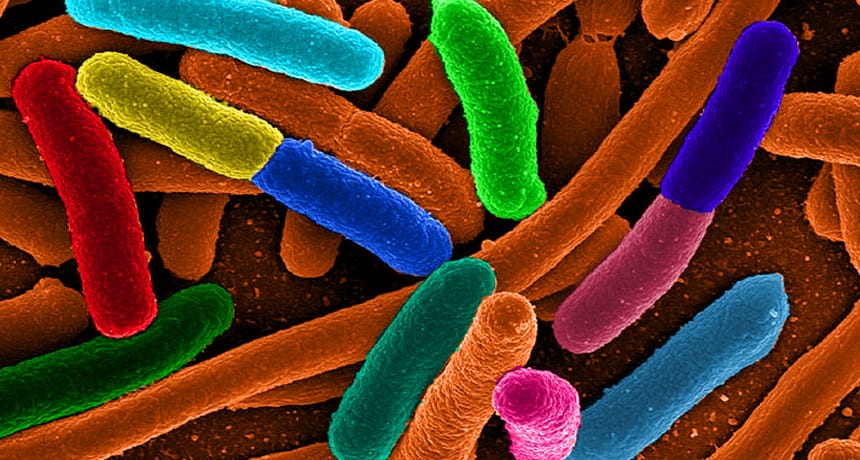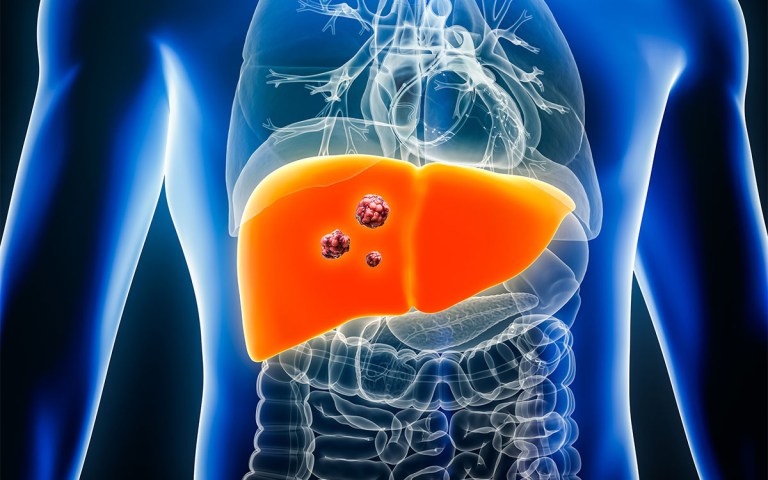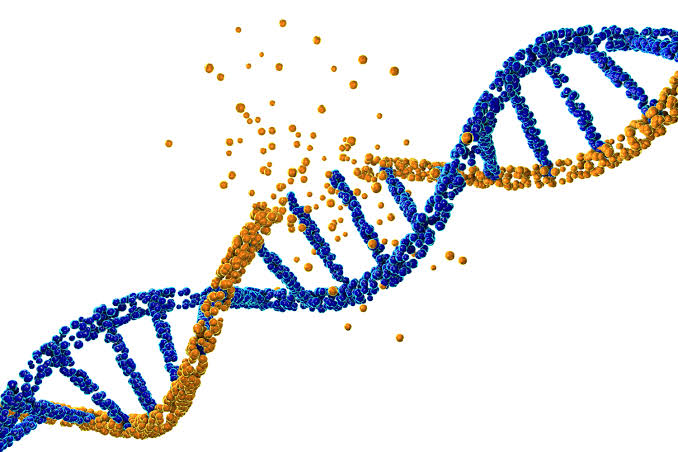Within the intricate, shadowy depths of the human gut lives a community of microorganisms so vast, diverse, and influential that scientists now consider it a separate organ altogether. Known as the gut microbiome, this invisible ecosystem of bacteria, fungi, viruses, and other microbes quietly orchestrates countless bodily functions—from digesting food and training the immune system to influencing mood and even behavior. But what if we could go a step further? What if we could not only study these bacteria, but engineer them to treat disease?
That’s exactly the question being explored by researchers at Stanford University. And in a groundbreaking study published in Science, they’ve taken a giant step forward by genetically modifying a common gut bacterium to combat a painful and widespread condition: kidney stones.
The implications go far beyond a single disease. If successful, this technique could herald a future in which diseases are treated not with pills or surgery—but with smart, self-limiting microbes living inside us, designed to correct what our bodies can’t.
A Bacterial Ally in the War on Kidney Stones
Kidney stones are notorious for their pain and persistence. These hard mineral deposits form when certain substances—like oxalate—accumulate in the urine at high levels. In some people, particularly those with a condition called enteric hyperoxaluria (EH), oxalate absorption from food becomes excessive, overwhelming the kidneys and forming painful crystals.
No current treatment can precisely control oxalate levels without significant lifestyle or surgical interventions. That’s where the Stanford team’s approach becomes revolutionary. They turned to Phocaeicola vulgatus, a type of bacterium already found in the human gut. Rather than introducing a foreign species, they chose to reprogram a familiar face.
Their goal was twofold: first, to modify the bacterium so it could efficiently break down oxalate; second, to engineer a “kill switch” of sorts—an off button to control its population once inside the gut.
Engineering the Microbiome with Seaweed and Precision
To give Phocaeicola vulgatus its new superpower, the scientists inserted genes that allow the bacteria to metabolize oxalate, transforming it into harmless substances before it can reach the kidneys. But they also needed a way to regulate the bacteria after it colonized the gut. That’s where porphyran—a complex sugar found in seaweed—entered the equation.
Porphyran isn’t something humans can digest, but the engineered P. vulgatus strain was designed to use it as a fuel source. This allowed researchers to feed the bacteria when needed by giving porphyran through the diet—or starve and eliminate them by withdrawing it.
It’s a simple, elegant mechanism: no porphyran, no food. No food, no bacteria.
First in Rats: A Promising Start
In the first stage of the study, the scientists tested their modified bacteria in rats that were fed a high-oxalate diet. The results were striking: rats that received the engineered P. vulgatus showed a 47% reduction in urinary oxalate levels compared to untreated animals.
But the team didn’t stop there. They wanted to test whether their bacteria could help in a more realistic disease model. To do that, they surgically induced EH in rats using a procedure similar to gastric bypass surgery in humans—a method known to dramatically increase oxalate absorption.
In these altered rats, the presence of engineered bacteria completely nullified the post-surgical spike in urinary oxalate that the control group experienced. Even more compelling, the bacterial population could be intentionally wiped out simply by stopping porphyran supplementation. The kill switch had worked.
Into the Human Gut: A Delicate Dance
Encouraged by these preclinical results, the researchers moved to human trials. In a Phase 1/2a study involving 39 healthy volunteers, participants ingested the modified P. vulgatus along with varying doses of porphyran. As expected, the extent of bacterial colonization in the gut rose and fell depending on porphyran intake.
The bacteria proved to be highly responsive to dietary control—disappearing in most participants when porphyran was removed. But in two cases, something unexpected happened. Even after stopping porphyran and administering antibiotics, the engineered bacteria persisted.
Genetic analysis revealed why: the bacteria had undergone horizontal gene transfer, likely swapping genetic material with native gut microbes. This unplanned mutation rendered them more self-sufficient than intended. While no harm came to the participants, the event underscored a core challenge in this field: engineered bacteria exist in a biological jungle, and evolution doesn’t stop just because we built it in a lab.
EH Patients: A Glimmer of Hope
Perhaps the most vital part of the study came last—testing in actual patients with enteric hyperoxaluria. These individuals represent the very people the treatment was designed for. Six out of nine EH patients completed the trial, and though the results weren’t statistically significant, they were encouraging.
On average, patients saw a 27% reduction in urinary oxalate. While modest compared to the animal models, this decrease offered real physiological benefit. More importantly, it proved that engineered bacteria could survive, function, and reduce oxalate inside the complex, variable human gut.
Yet again, gene transfer appeared as an issue. In some EH patients, the engineered strain showed signs of genetic alteration over time, leading to reduced efficacy. Thankfully, no adverse effects were observed, but the study had revealed its Achilles’ heel: mutation is both a biological feature and a risk.
A New Frontier with Cautionary Tales
The idea of reprogramming our internal ecosystems is both thrilling and humbling. Unlike traditional drugs, bacteria are alive. They adapt. They interact with hundreds of other microbial species and thousands of host molecules in ways we still don’t fully understand. The Stanford study showed that even with brilliant engineering and a clever off-switch, bacteria may evolve in unpredictable ways.
Still, the researchers remain optimistic. “We showed that it is possible to colonize humans with an engineered gut commensal for a sustained period at high levels,” they wrote. “Even at high doses of porphyran, the treatment was safe and well tolerated.”
The key going forward will be making the bacteria more stable, less likely to mutate, and more precisely controllable. Future versions might include multiple kill switches, self-destruct mechanisms, or engineered resistance to genetic drift. And with a broader understanding of the microbiome’s internal dynamics, scientists may be able to engineer treatments for other conditions—like inflammatory bowel disease, obesity, or even neurological disorders influenced by gut-brain communication.
The Microbiome as Medicine
This study marks a profound turning point. The human microbiome is no longer just a subject of curiosity or a passive bystander in health. It’s a therapeutic frontier—a platform where medicine becomes biology, and treatments are woven into the living fabric of our bodies.
There are still questions to answer and ethical boundaries to navigate. What happens if engineered bacteria escape the gut and enter the environment? Can they be controlled in immunocompromised patients? What are the long-term consequences of microbiome editing?
These concerns are valid. But so is the hope.
For centuries, medicine has tried to kill disease. Now, it may learn to outsmart it—with the help of invisible allies evolved in our own intestines.
As the science of synthetic biology and microbiome engineering advances, one thing becomes clear: the age of bacteria as pathogens may be giving way to a new era—an era where microbes are doctors, not diseases.
Reference: Weston R. Whitaker et al, Controlled colonization of the human gut with a genetically engineered microbial therapeutic, Science (2025). DOI: 10.1126/science.adu8000






